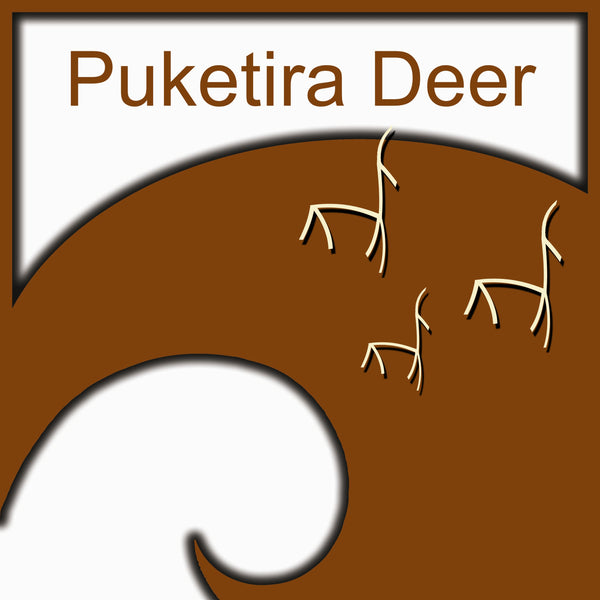May 2016
Share
Well the rain has finally come – too little and too late for autumn growth, but it’s a start. We received 75mm in May over three separate events each of about 25mm. So a softening of the ground, a change of colour from brown to green and a chance to settle the dust that just got into everything with the relentless Nor-west wind in the middle of the month.
May saw us transition a mob of 270 hinds onto self-feed silage. This is something new for us and they adapted readily. Its noticeable how content they are – being able to feed whenever they want rather than having to rush for a feed when the tractor and bale feeder come into the paddock. It certainly saves labour and tractor hours as we are only pushing up the feeders every 3 days.
Two major farming activities took place this month. TB testing of the hinds and shearing of the sheep flock. Due to improvements in the management of TB control we only have to test our herd every two years but its still a full on morning when the unexpected can happen. The first day conditions were good for clipping on the neck and injecting, with only one stag escaping the yard. Three days later the animals are brought into the yards again to “read” – checking for a lump on the neck that may indicate the presence of Tuberculosis. The day they came in for a second time was extremely windy and wet, conditions were very slippery underfoot and the deer were on edge in the wind. Thankfully we got through without too much incident and only 1% “reacted” to the test. These we will retest.
Shearing took place in the last week of May – between showers, thank goodness for covered yards! As always we are keenly looking to see the body condition of the animals out of the wool. Mel, our farm manager proclaims to being satisfied with how they look. Shearing is very much a family affair with Eldon penning up the sheep, Delaney learning how to throw fleeces onto the wool table for skirting. Millie was busy cooking for the shearers and even helped out as a shed hand on the first run of the second day.
With no autumn rain until May we did not have any pasture cover to be able to apply autumn fertiliser to, and now it's too cold to do so. While the animals are on feed crops or silage over the winter we will be relying on building up some cover on the permanent pastures set us up for the spring.
Our new Taege drill has been cleaned out and out away for the season. Hopefully we will get some good winter rains to recharge the soil moisture so that we can begin renewing pastures in the spring.
